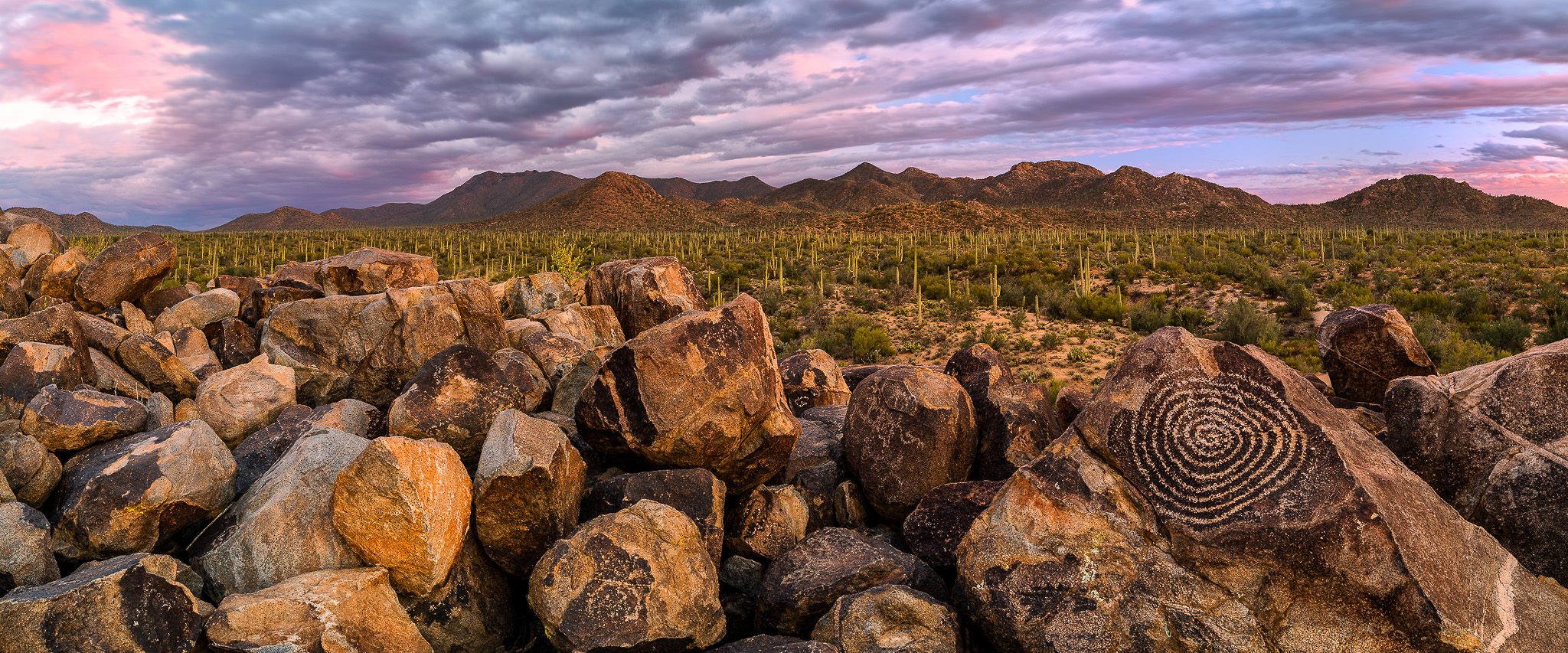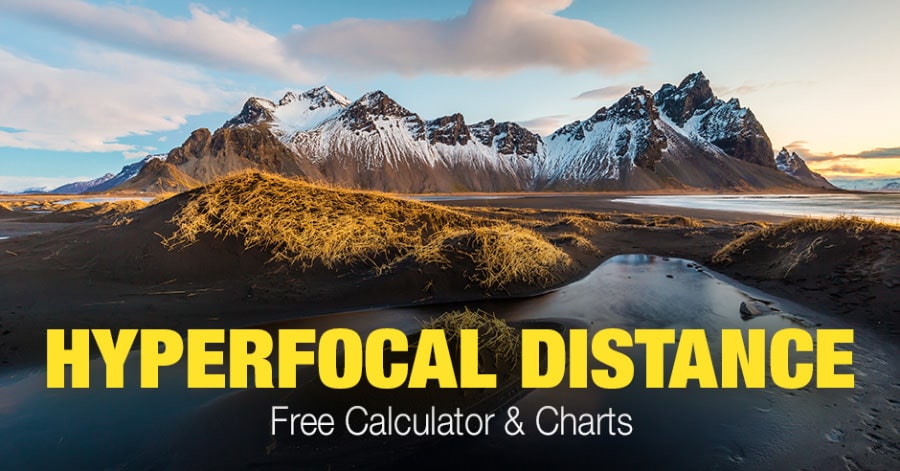

The app gives us all the info we need, from the length of the time lapse we want to the available memory left in our SD card, or even the frames per second we want the final movie to have!Īn interval table is also available that gives us indications on the times to use – both as duration and interval between shots – depending on the subject we want to shoot. With its dedicated module, it allows us to easily calculate the time lapse by entering the parameters of the desired result. Those who are fond of time lapses will find in PhotoPills a formidable ally. PhotoPills returns the shutter speed according to both the NPF Rule and the traditional 500 Rule. If what you’re interested in is getting a starry sky, this is the module you’re looking for.īy using it, we can calculate the maximum shutter speed that allows us to obtain ‘point-like’ stars, by fine-tuning our focal length, aperture, minimum declination and accuracy. Thanks to this module, we can easily calculate our shot with a graphical previsualization of the effect that will be obtained, according to the shooting time chosen and the angle of inclination of the camera.Īs with the Exposure module, there’s a timer with which to take the shot. The ever-present Augmented Reality will then help us once again in the field to refine the composition allowing us to understand where to point the camera.įor star trails enthusiasts, PhotoPills has a dedicated module. Thanks to this module, we can check not only the calendar of the main events but also have an estimate of their visibility depending on our position. The first of these is dedicated to meteor showers.

If you love taking pictures at night, PhotoPills provides you with lots of tools to better plan your shots. In addition to the numerical data, you can also rely on the Augmented Reality visualizations: in this way, we can easily verify if elements in our composition will be in focus or not. When we know the hyperfocal distance, we can maximize the depth of field in our shots – thanks to PhotoPills we can do it in a really simple way. The Hyperfocal Table is an indispensable tool to check the hyperfocal distance for the given combination of focal length and aperture. You can get the information both in analytical and graphical form, which is really convenient – especially if you’re a beginner and you want to assimilate in a simple way concepts that are often not so intuitive.Īlso in this module is the Augmented Reality visualization, which is very convenient for when we’re in the field and want to visually verify the result of the calculations on the scene that we’re shooting. The interface is simple and intuitive, so it’s very easy to add the info. To do this we just need to set up a few details: the camera we’re using, the focal length, and the distance of the subject. Using these two modules, we can plan the depth of field and field of view of the shot we have in mind. The Timer setting is also very useful, allowing us to have a chronometer at our disposal, to automatically set the shooting time based on the calculations. Via Exposure, we can quickly perform conversions between test shots and equivalent shots to compensate for any filters we use, or simply to calculate exposure compensations required when changing the settings on the camera. If you’re fond of photo filters, this module is for you. There are also astronomical calendars from which we can obtain, for example, the phases of the moon, the earth-moon distances and the solar seasons. (Note: It’s also available in a module called “Night AR” that allows us to have similar visualization of the position of the Milky Way – absolutely essential for photographers who love night shooting!) One of the greatest potentials of this module is the visualization in Augmented Reality.īy activating the Augmented Reality mode, we can use our smartphone or tablet’s camera to display an overlay of the expected path of the sun and moon, to allow us to further refine our composition once in the field. Via this module, we’re able to see all the details of the position of the sun and the moon to allow us not only to verify the basic data of sunrise and sunset, but also to obtain information such as blue hour and twilight to better plan the shot. You can really configure the planner as you like, adding or removing information and even configuring the map display mode to allow you to simulate aerial shots with a drone. The Planner is composed of the main section in which the map is displayed, with the position indications of the celestials and a side column in which we can get the data analytically. From this section, we have access to the maps in which we can set both the position and the date we want to do the shoot, then check the position of the sun, moon, and milky way. The Planner is the real beating heart of PhotoPills.


 0 kommentar(er)
0 kommentar(er)
